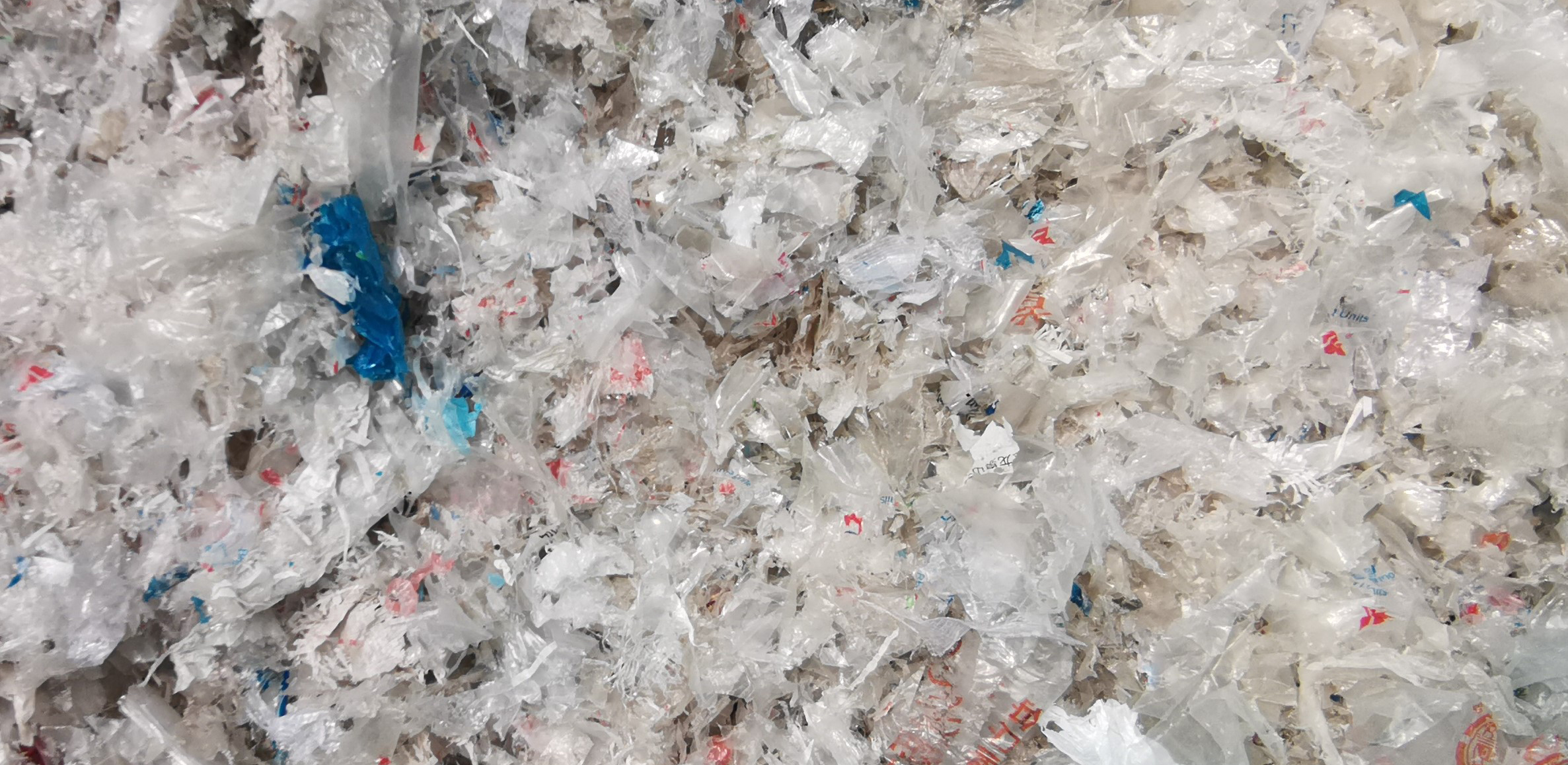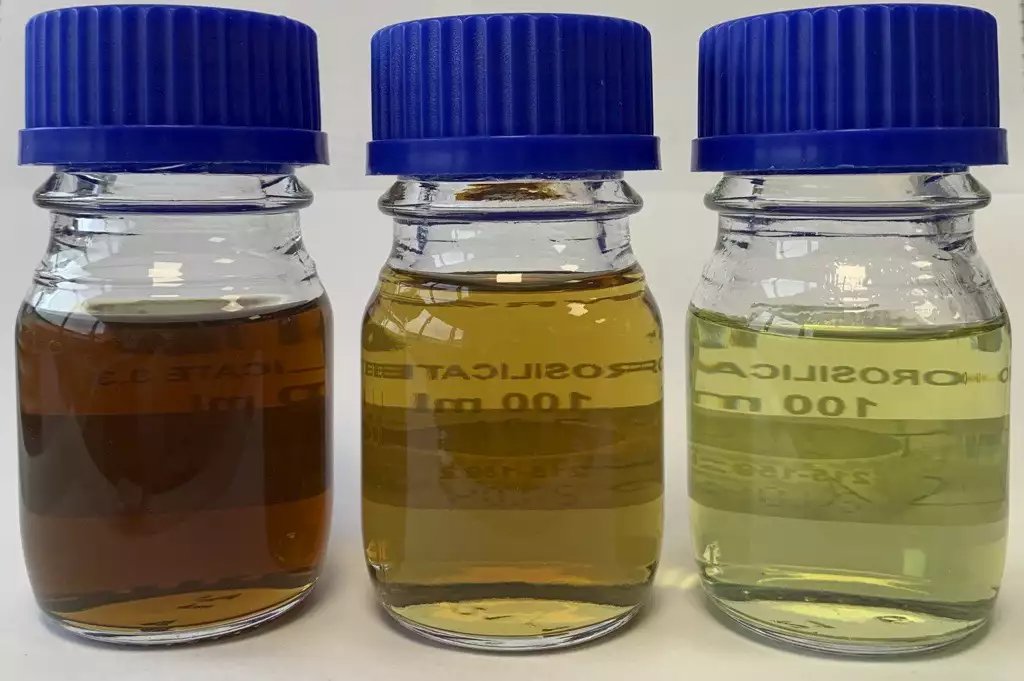As the world grapples with the dual challenges of waste management and the search for sustainable energy sources, continuous waste pyrolysis emerges as a revolutionary technology offering a unique advantage-sustainable oil harvesting. This innovative process not only addresses the growing concern of waste accumulation but also taps into a valuable resource-oil. In this plastic to oil machine, we delve into the principles of continuous waste pyrolysis, its environmental benefits, and how it stands as an advantageous method for sustainable oil harvesting.

Continuous Pyrolysis of Waste plastic
I. Understanding Continuous Waste Pyrolysis:
Continuous waste pyrolysis is a thermal degradation process that transforms organic materials into valuable products, including oil, in a continuous and controlled manner. Unlike traditional batch pyrolysis, which operates intermittently, continuous waste pyrolysis systems allow for a seamless flow of feedstock, ensuring a steady production of oil without interruptions. This continuous operation brings efficiency, scalability, and sustainability to the forefront of waste-to-energy technologies.
II. The Feedstock: Diverse Resources for Continuous Pyrolysis:
Continuous waste pyrolysis can utilize a diverse range of feedstocks, from municipal solid waste and plastic waste to agricultural residues and biomass. The flexibility in feedstock selection makes this technology adaptable to various waste streams, reducing reliance on landfills and providing an effective solution for managing different types of organic waste.
III. Continuous Pyrolysis Process: A Step-by-Step Insight:
The continuous waste pyrolysis process involves several key steps. The feedstock, typically pre-processed to remove contaminants, enters the waste plastic pyrolysis plant, where it is subjected to high temperatures in the absence of oxygen. This thermal decomposition leads to the production of gas, liquid, and solid products. In the context of sustainable oil harvesting, the focus is on the liquid product-pyrolysis oil or bio-oil.
IV. Pyrolysis Oil: A Valuable Harvest from Waste:
Pyrolysis oil, the liquid product obtained from continuous waste pyrolysis, is a complex mixture of hydrocarbons with properties similar to traditional fossil fuels. This versatile bio-oil can be further refined and processed for various applications, including heat and electricity generation, industrial processes, and even as a feedstock for biofuels. The richness of pyrolysis oil as a product of continuous waste pyrolysis makes it a valuable and sustainable resource.

V. Environmental Benefits of Continuous Waste Pyrolysis:
Continuous waste pyrolysis stands out for its numerous environmental advantages. Firstly, it reduces the burden on landfills by converting organic waste into valuable resources. Secondly, the process helps mitigate greenhouse gas emissions by capturing carbon in the form of biochar, which can be utilized as a soil amendment to enhance soil quality and carbon sequestration. Thirdly, the sustainable oil harvesting aspect of continuous waste pyrolysis contributes to the reduction of dependency on fossil fuels, fostering a circular economy.
VI. Energy Independence: Reducing Reliance on Fossil Fuels:
Sustainable oil harvesting through continuous waste pyrolysis contributes significantly to the goal of energy independence. By producing oil from waste materials, this technology lessens the demand for conventional fossil fuels, mitigating environmental impacts associated with their extraction and combustion. The reduction in reliance on fossil fuels aligns with global efforts to transition towards cleaner and more sustainable energy sources.
VII. Economic Viability: Turning Waste into Profit:
Continuous waste pyrolysis holds economic advantages, transforming waste materials into valuable products. The sustainable oil harvesting aspect not only provides an alternative source of fuel but also offers economic opportunities for industries involved in waste management and energy production. The potential for creating a circular economy, where waste becomes a valuable resource, adds economic viability to the environmental benefits of continuous waste pyrolysis. View the continuous pyrolysis plant to get more information about pyrolysis.
VIII. Technological Innovations in Continuous Pyrolysis Systems:
The effectiveness of continuous waste pyrolysis for sustainable oil harvesting is closely tied to technological innovations in system design and operation. Advancements in reactor technology, automation, and process optimization have led to more efficient and reliable continuous pyrolysis systems. These innovations ensure a seamless and cost-effective conversion of waste into valuable oil products.
IX. Overcoming Challenges in Continuous Pyrolysis:
While continuous waste pyrolysis presents a compelling solution, it is not without its challenges. Feedstock variability, reactor fouling, and the need for effective byproduct utilization are some of the hurdles that researchers and engineers are addressing. Overcoming these challenges is crucial for maximizing the potential of continuous waste pyrolysis in sustainable oil harvesting.
X. Case Studies: Real-World Success Stories of Continuous Pyrolysis:
Examining real-world applications of continuous waste pyrolysis provides insight into its effectiveness and potential impact. Successful case studies demonstrate the scalability, efficiency, and economic viability of sustainable oil harvesting through continuous pyrolysis. These stories highlight the diverse applications of pyrolysis oil and the positive environmental outcomes achieved in various settings.
XI. Regulatory Landscape and Policy Implications:
The adoption of continuous waste pyrolysis for sustainable oil harvesting is influenced by regulatory frameworks and government policies. Encouraging policies that support waste-to-energy technologies, carbon reduction initiatives, and circular economy principles can facilitate the widespread implementation of continuous pyrolysis. Aligning regulatory landscapes with the goals of sustainability can further enhance the role of continuous waste pyrolysis in addressing environmental challenges.
XII. Future Directions: Advancing Continuous Waste Pyrolysis Technologies:
As continuous waste pyrolysis gains momentum, future directions in research and development are crucial for unlocking its full potential. Advancements in feedstock pre-processing, reactor design, and byproduct utilization are areas of ongoing exploration. Additionally, exploring novel applications for pyrolysis oil and optimizing its refining processes are essential for ensuring continuous improvement in sustainable oil harvesting.
Conclusion: Continuous Waste Pyrolysis as a Pillar of Sustainable Oil Harvesting:
In conclusion, continuous waste pyrolysis stands as a pillar of sustainable oil harvesting, offering a transformative solution to waste management and energy production. The seamless operation of continuous pyrolysis systems, coupled with the environmental benefits and economic viability, positions this technology as a key player in the transition towards a more sustainable and circular economy. As the world seeks innovative and efficient ways to address waste challenges and reduce reliance on fossil fuels, continuous waste pyrolysis emerges as a promising and advantageous pathway for sustainable oil harvesting.